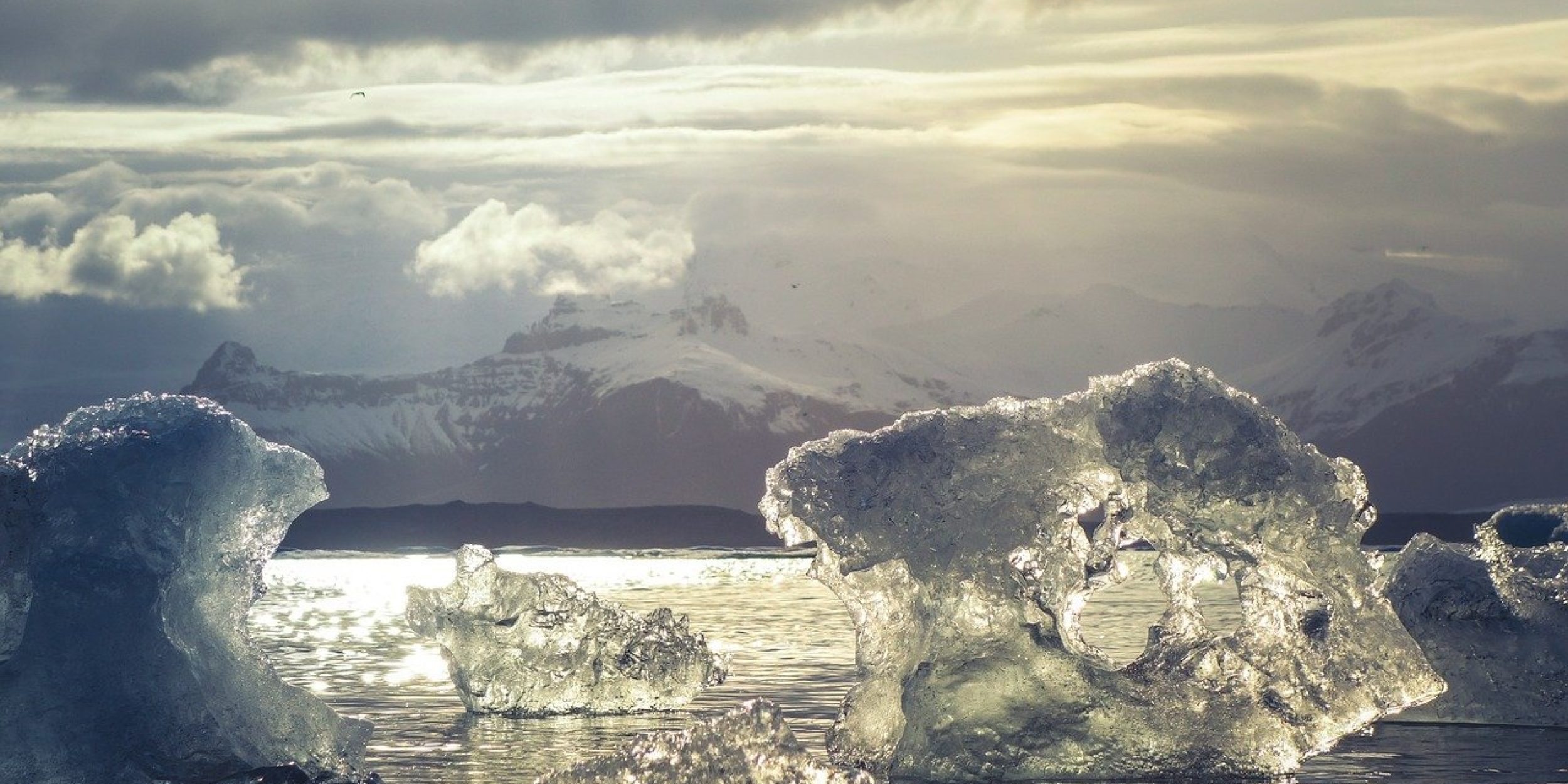An ice-free Arctic summer would be a major indication of global change with dramatic impacts, but model projections of when this will occur remain notoriously uncertain. The latest generation of global climate models (CMIP6) project the Arctic’s first ice-free summer could occur anywhere from 2015 to well past 2100. Funded in part by CPO’s Climate Variability and Predictability (CVP) and Modeling, Analysis, Predictions and Projections (MAPP) programs, new research helps tackle this uncertainty. Based on the research team’s approach, their findings show that the Arctic could experience its first fully ice-free summer by 2040. The study is published as an early online release in Environmental Research Letters. The researchers focused on improving model physics, specifically Arctic sea ice sensitivity to warming. They demonstrated that Arctic near-surface air temperature is the primary driver for the observed trend of Arctic sea ice loss. This means climate models should be judged on their ability to reproduce a realistic Arctic sea ice responding to both local warming as well as the transfer of heat to the Arctic from global warming. The team divided 20 climate models into two groups: those that reproduced sea ice sensitivity to air surface temperature changes realistically, and those that underestimated that sensitivity. Of the realistic group, 8 out of 10 models projected an ice-free summer before 2040 under a medium future greenhouse gas emissions scenario. Overall, the spread of answers from the realistic models is far narrower than that of the underestimates. The authors note they’ve only tackled one physics-based uncertainty and more work needs to be done to address other types of uncertainty for even more realistic models. Their method used in this study could be applied broadly to climate model improvements beyond sea ice. Read the article »


Climate Program Office
Advancing scientific understanding of climate, improving society’s ability to plan and respond




Climate Program Office
Advancing scientific understanding of climate, improving society’s ability to plan and respond
Scroll to Top

